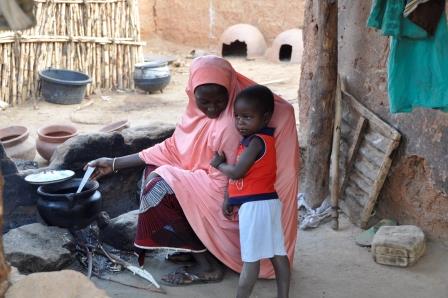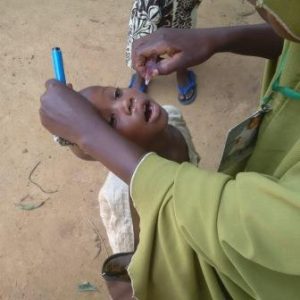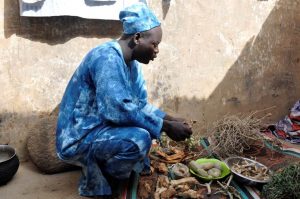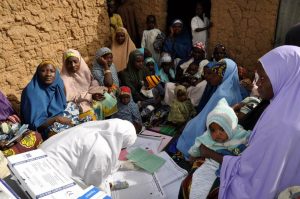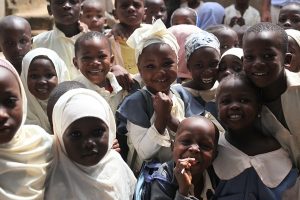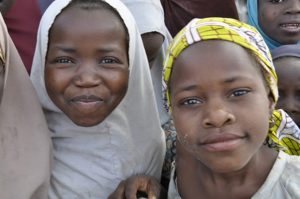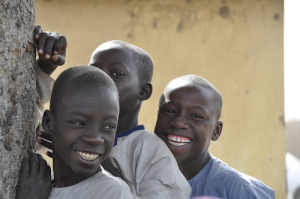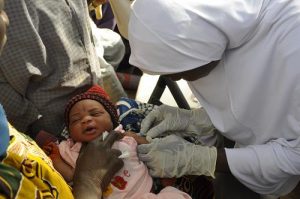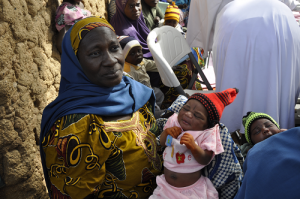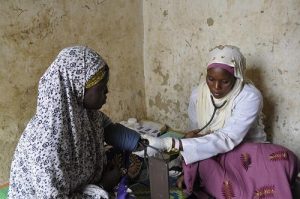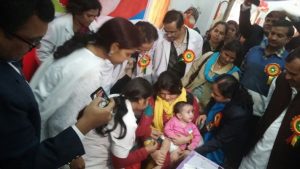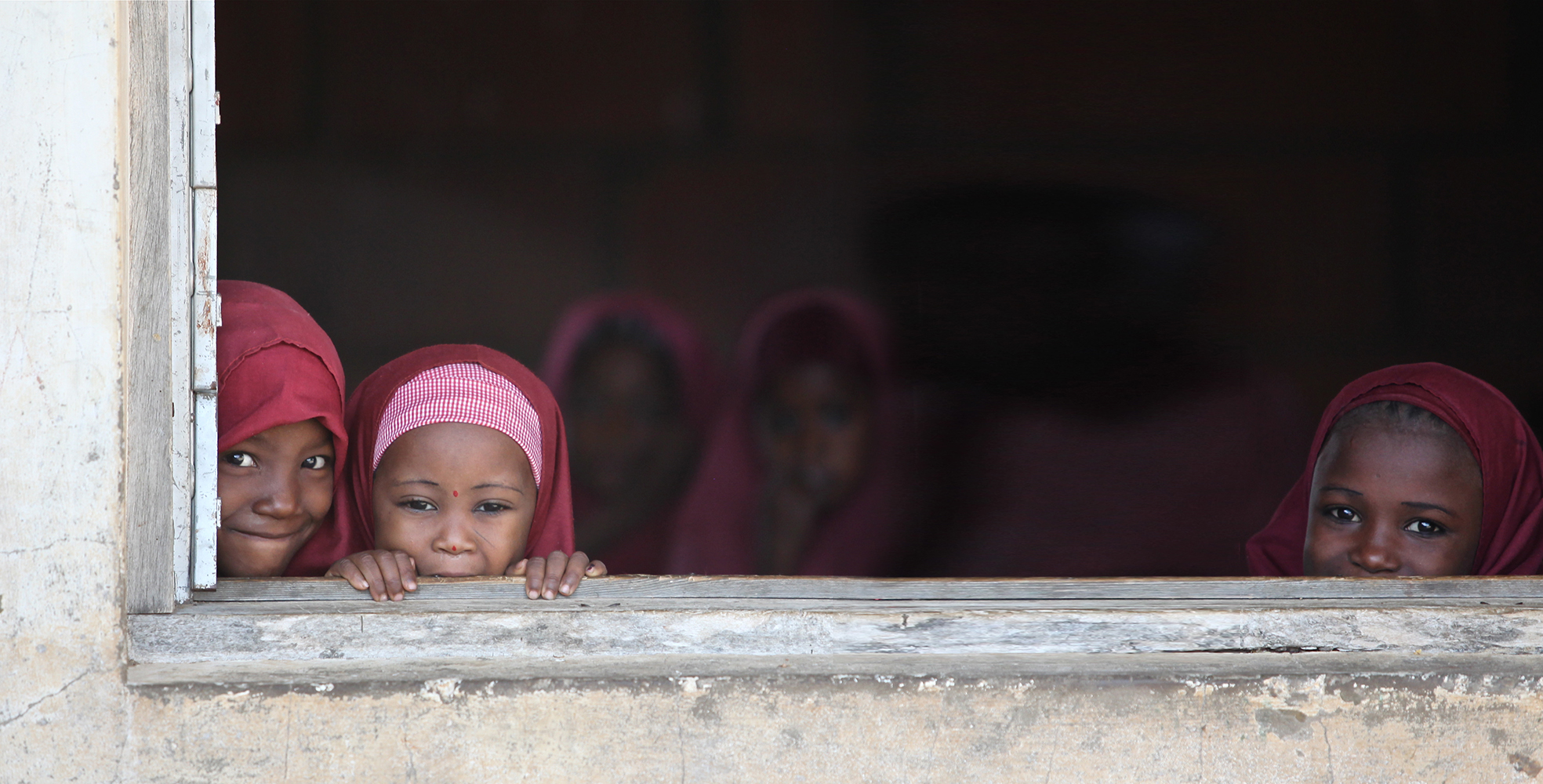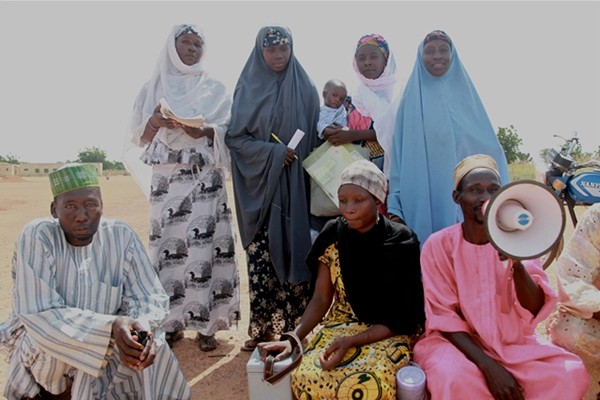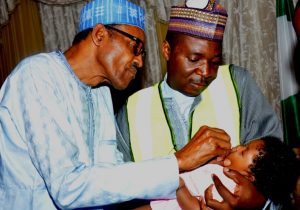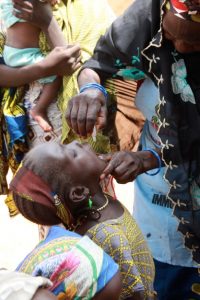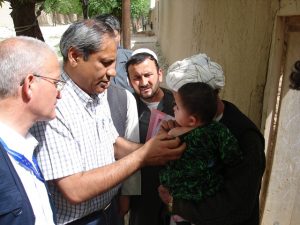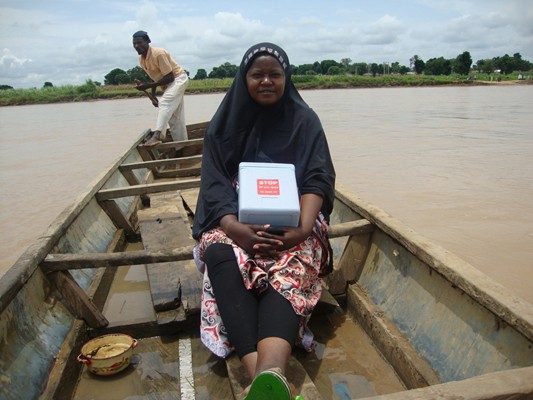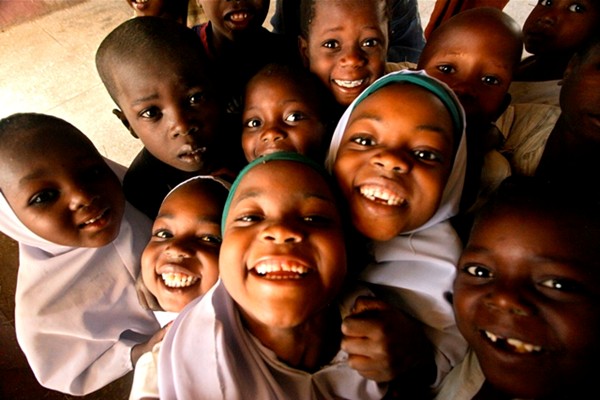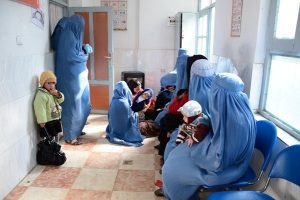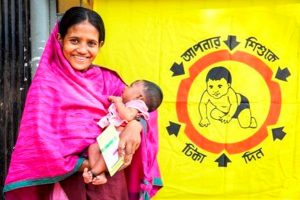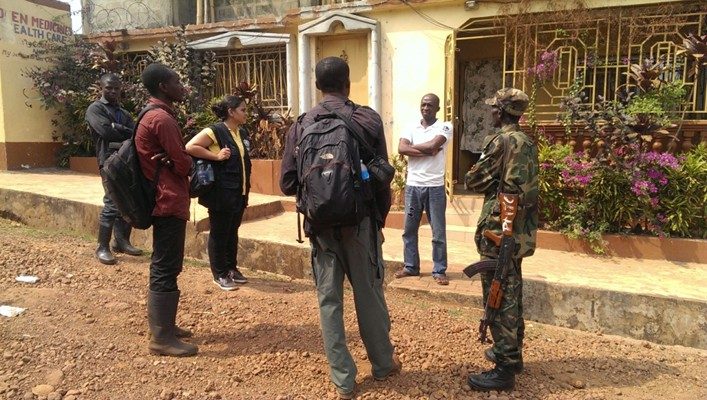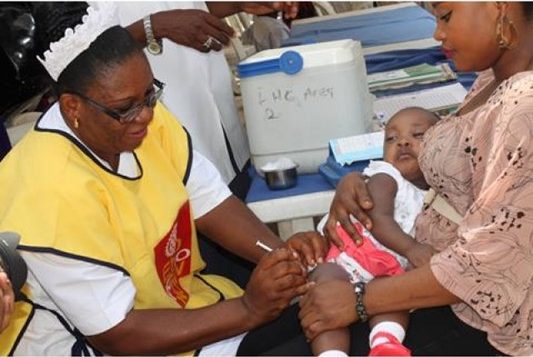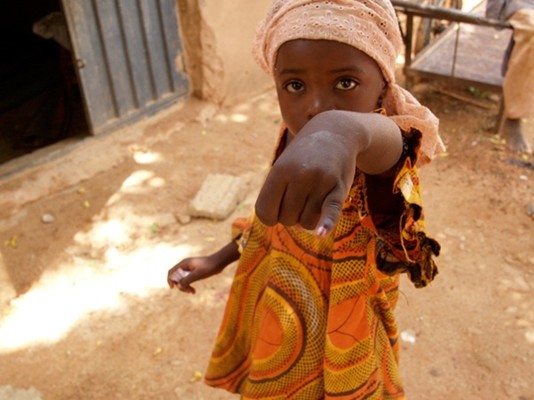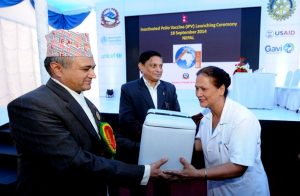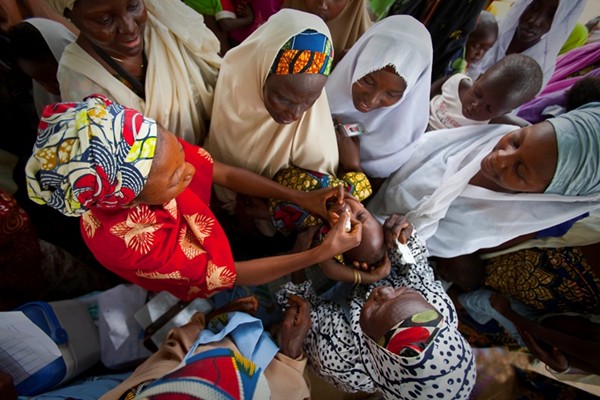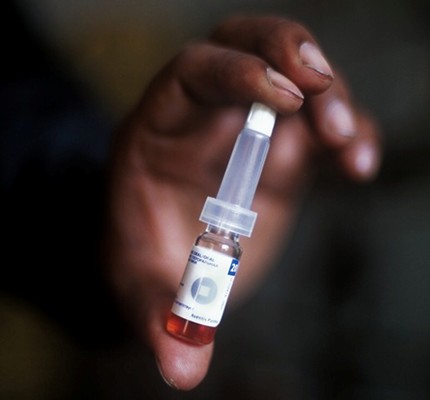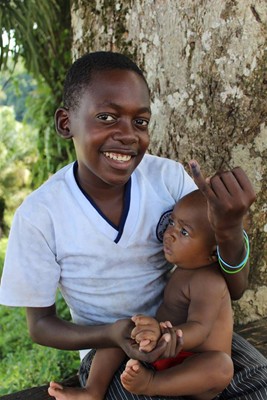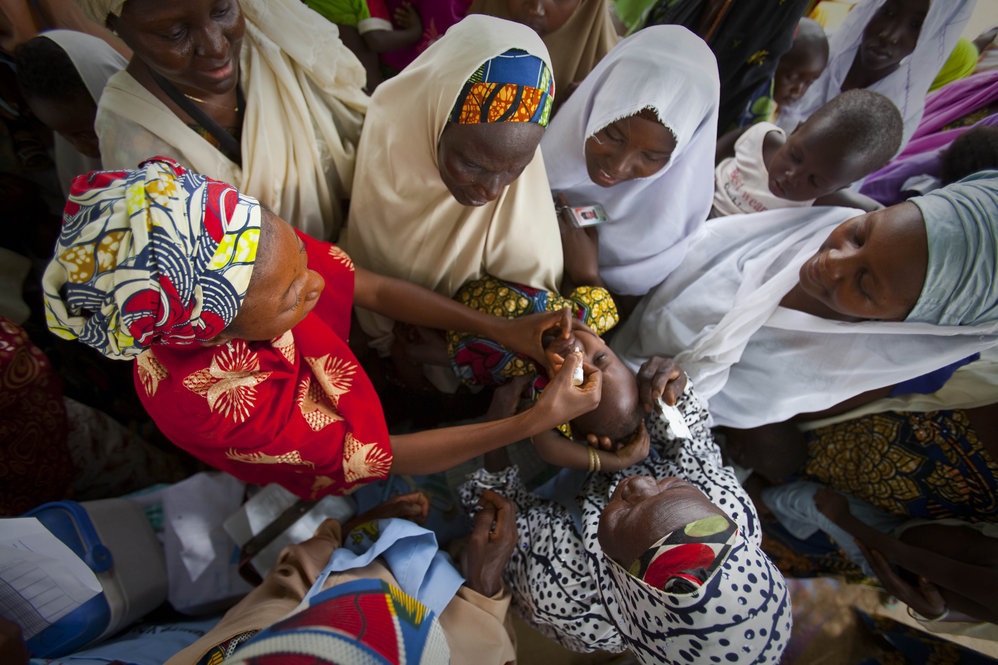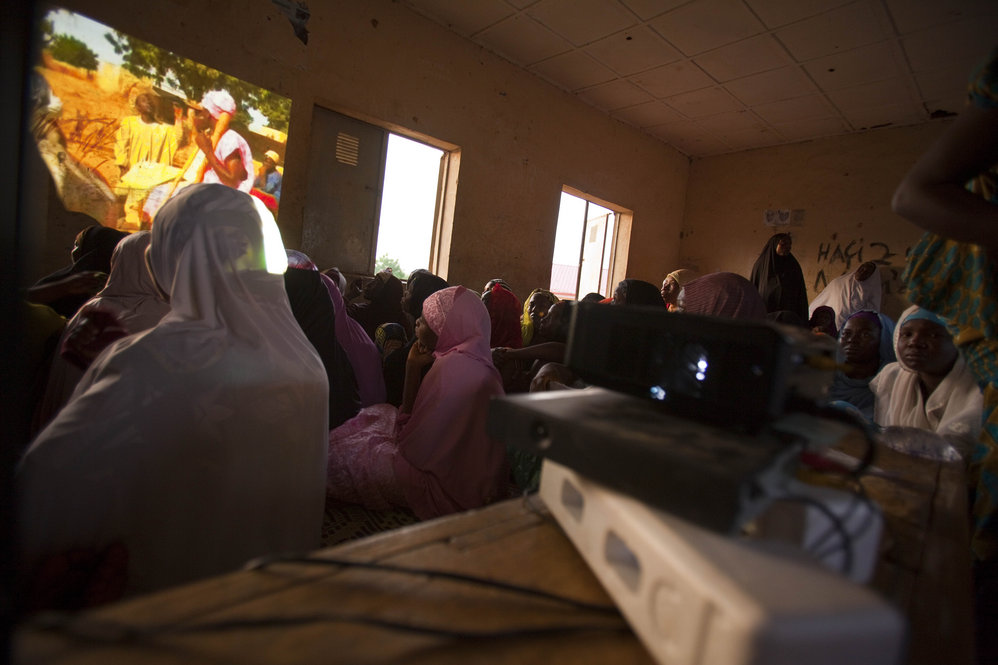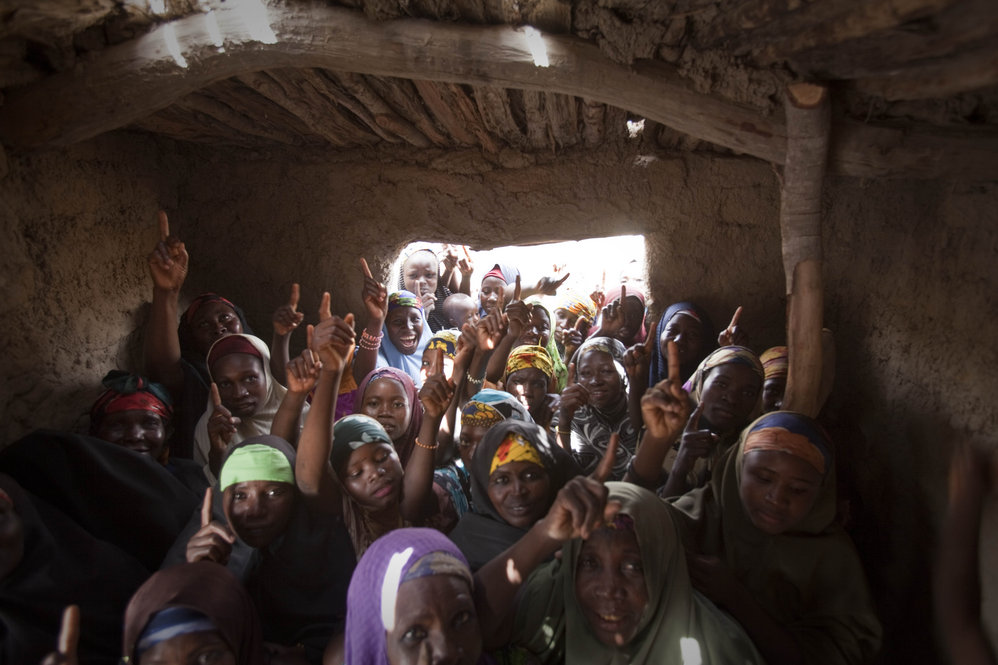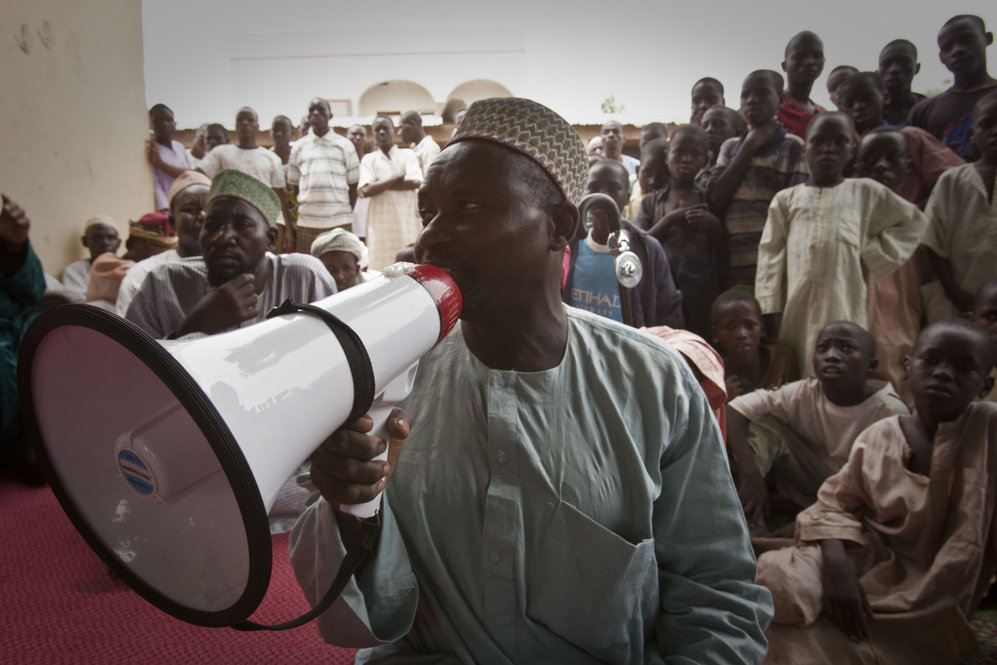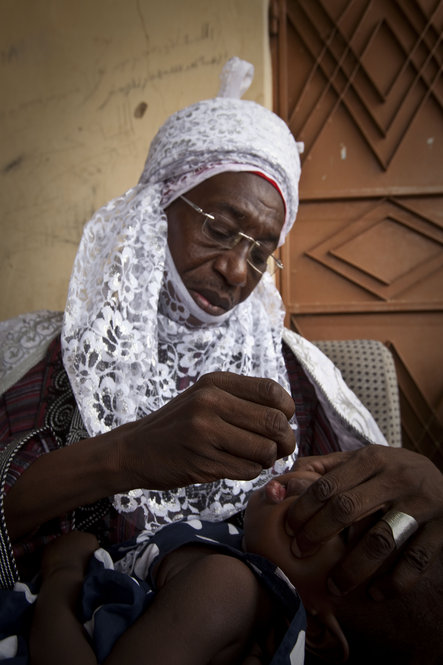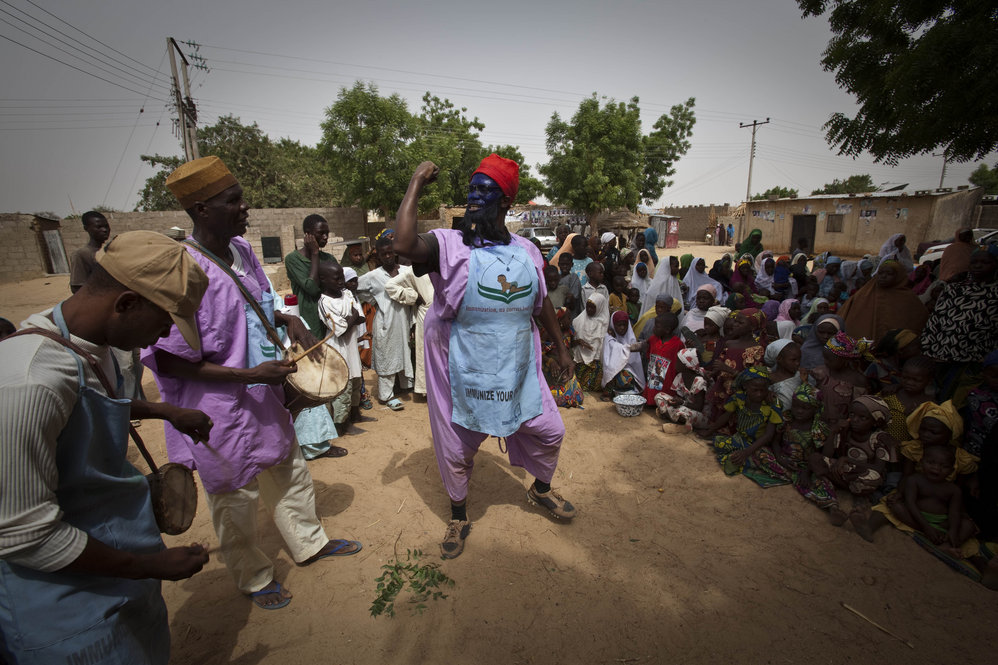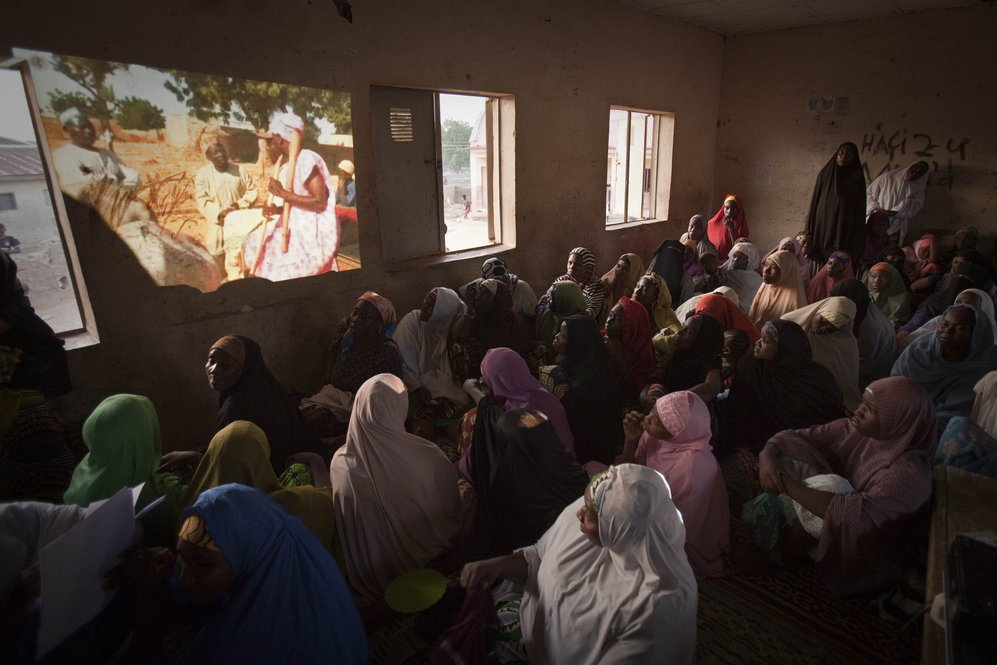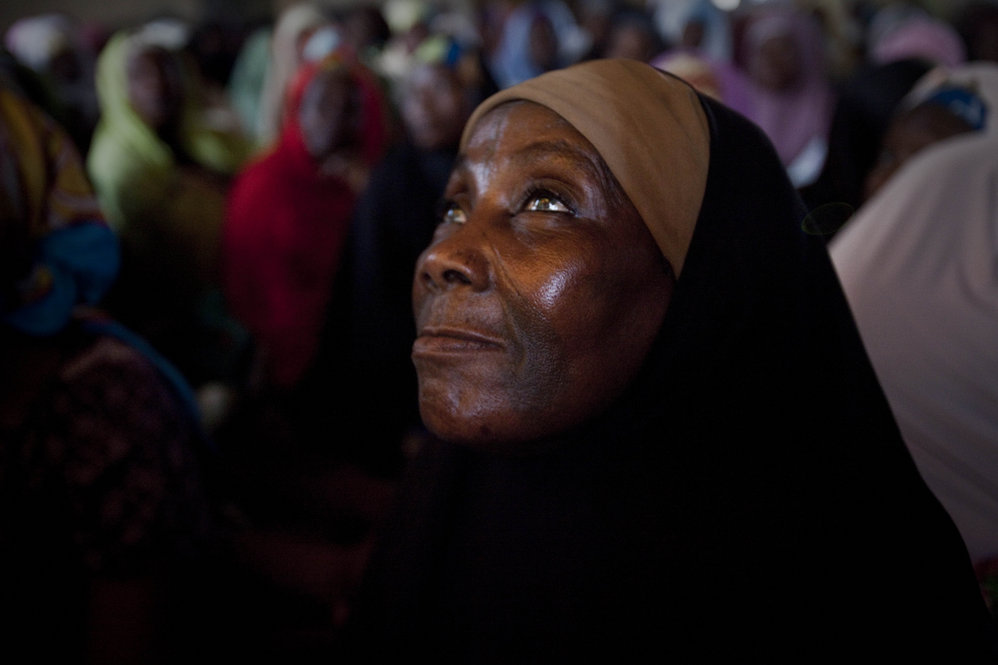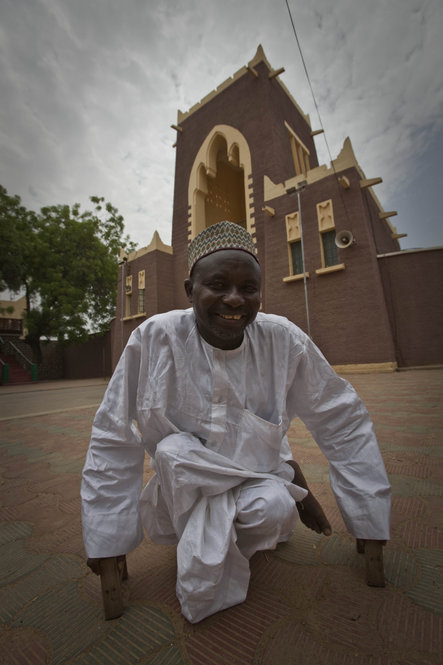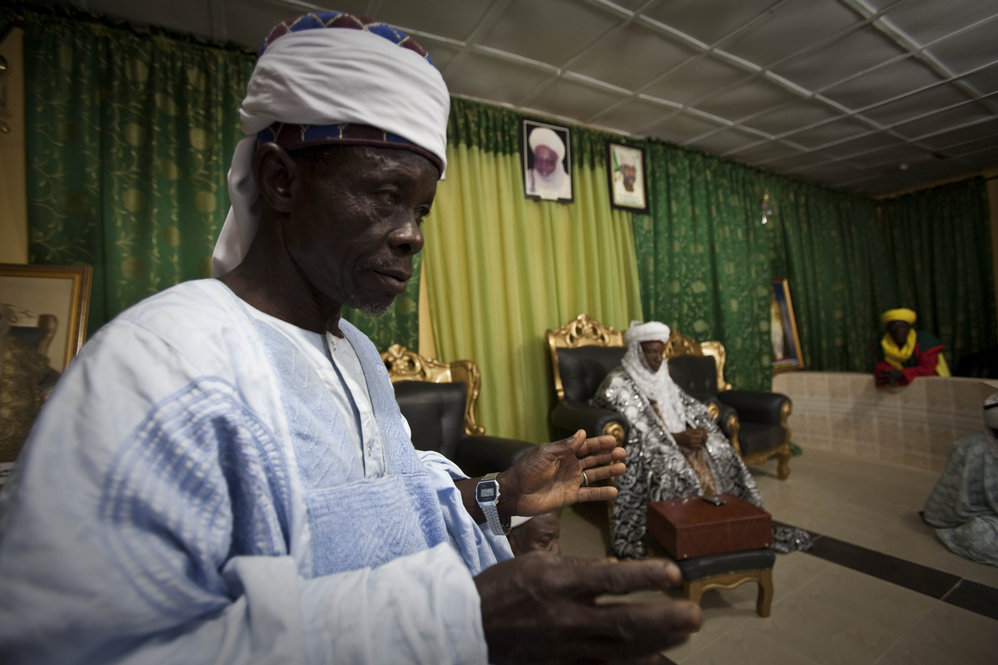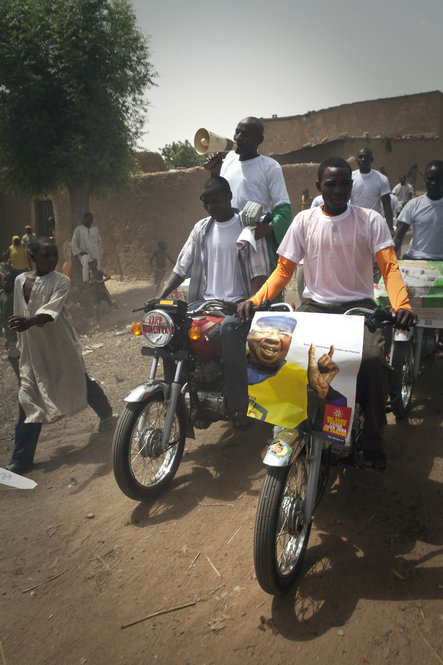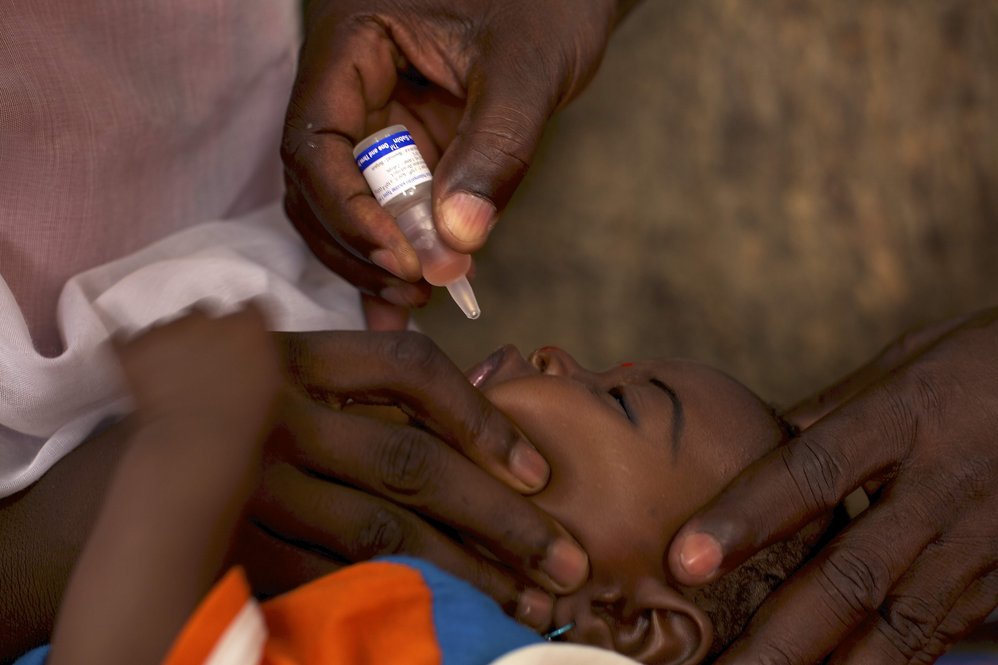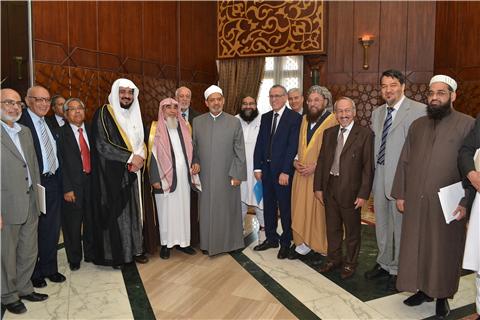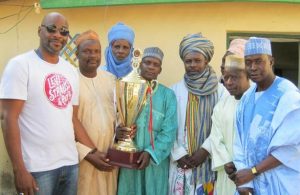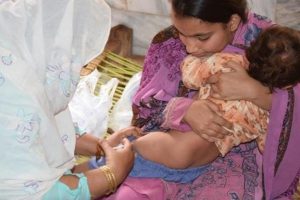
WHO/S.Mugha
In Pakistan, and many other countries around the world, two vaccines – and the committed people delivering them – are working hand in hand to boost immunity in the most vulnerable children and to finish the poliovirus for good.
The vaccines
The oral polio vaccine (OPV), which is the vaccine that has been used to interrupt polio around the world, builds immunity in the gut, meaning children who are vaccinated actually spread immunity between them, helping to protect the wider community. The inactivated polio vaccine (IPV) affords blood immunity, building protection for an individual child and is now being used to boost immunity in Pakistan’s most vulnerable children. “OPV and IPV are both safe and effective forms of vaccination against polio. Both confer immunity, but do so in different ways. One way is not better than another; using both forms of vaccine however, is a way of achieving optimal protection against polio,” said Michel Zaffran, Director of Polio Eradication at WHO.
In 2015, Pakistan introduced one dose of IPV into the routine immunization system, in preparation for the global vaccine switch from trivalent OPV to bivalent OPV. The switch, one of the most ambitious projects in the history of vaccines, has been carried out globally as the world gets closer to the worldwide eradication of all strains of poliovirus.
The vaccinators
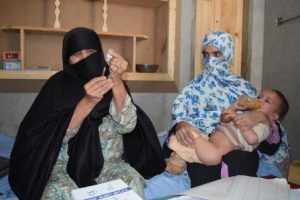
With a second vaccine now being given to children alongside OPV, the role of vaccinators to get vaccines to every child and to answer the questions and concerns of parents is crucial. “Two women from a polio team came to our home and told me that a vaccination team is sitting in one of the hujra (a separate area in many Pakistani homes that is often used for men’s gatherings) nearby to give vaccination to our children, ” said Muhamad Ameen, a 30 year old father from Cantonment area in Peshawar. “I wanted to know why they are giving the same vaccine in syringes now after my children got them in shape of drops few days back. The polio team that came to my home explained to me that it was important for my children’s immunity, and that the two vaccines will protect my children in different ways.”
Unlike OPV campaigns, where the polio teams go door-to-door in Pakistan to reach every child, children can only be vaccinated with IPV by trained vaccinators at specific outreach centers. This means that families have to be informed and able to bring their children to healthcare centres. This can have a huge impact on the number of children that it is possible to reach with the vaccine.
In March, April and May, the parents of more than 2 million of Pakistan’s most vulnerable children lined up at hospitals, health centres, outreach sites and local hujras in parts of the Federally Administered Tribal Areas (FATA), Peshawar, Karachi and Quetta to ensure their children aged between 4 and 24 months received the injection. Amid the regular monthly campaigns, thousands of skilled vaccinators at hundreds of outreach sites vaccinated 2,677,256 children.
The communities
Scorching temperatures, difficult terrain and insecurity are not the only challenges facing vaccinators carrying out their task of delivering the life-saving vaccines. Vaccinators and social mobilisers also battle misconceptions and suspicion about the ongoing immunization campaigns. “Finding a place to vaccinate children is also not easy here because people are suspicious if someone asks to make a vaccination center in his hujra. But I really appreciate work of polio teams working in such harsh conditions,” Muhamad says.
The role of community based social mobilisers during an IPV campaign is critical. It is their job to increase care-givers knowledge of the campaign, to inform them where they can take their child to receive the vaccine, to address any misconceptions and to create an enabling environment where vaccination against vaccine preventable diseases is not only accepted, but expected. “I brought my child when I heard from the team coming to my house that polio injection is provided at the nearby center”, said one mother who did not want her name mentioned. Another father, Gul Hameed from Sufaid Dheri village in Peshawar, says he vaccinated his 12 month old daughter on the first day of the campaign. ”This is important for our children; I do not know why people are resistant to give this vaccine to their children. The polio teams are working very hard in the field. I have deeply observed their work.”


